Lingyin Temple’s Shinto Shrine (靈隱寺)
Green Grass Lake
Hsinchu’s Green Grass Lake (青草湖) is off the radar for most travelers visiting Hsinchu. Located outside of the heart of the city, many tourists are unaware that this historic lake even exists. With a history stretching back hundreds of years, Green Grass Lake has been transformed from a dam and reservoir to a recreational park. As early as the 1950s, locals have been trekking out to the lake to go boating on the water and cool off from the relenting summers. Unknown to many locals, the lake is also home to some off-the-beaten-path secrets off its shores.
Hsinchu, much like Taiwan as a whole, was heavily influenced by the Japanese occupation of the island. Not only did they extract resources, but they also planned to remake Taiwan in their own image. This was done by the means of language, culture, and religion. Shinto shrines sprung up throughout the country, including Taiwan. What is now known as Lingyin Temple (靈隱寺) houses the remains of one of these Japanese shrines.
You can grab a coffee and dive deep into Hsinchu’s history at General Village! Read more here!
Finding Lingyin Temple
Most of the hiking trails, boat rides, and food stalls are located around the main boardwalk by Fenghuang Bridge (鳳凰橋). From downtown Hsinchu, tourists can take bus 73 from Hsinchu Train Station to Green Grass Lake. The ride will cost 15 NT (0.50 USD) and will take under 30 minutes. Alternatively, you can also ride a YouBike to Green Grass Lake. The area has a station where you can both rent and return your bikes.
After arriving at Green Grass Lake, you’ll still need to find out how to get to Lingyin Temple. Following Minghu Road (明湖路) around the lake from Fenghuang Bridge, you’ll arrive at the temple within ten minutes by bicycle. The gates to the temple will be on your left-hand side. Reflecting the history of the Buddhist temple, the sign for Lingyin Temple is situated right in front of the Japanese toro, hiding the traditional stone lanterns.
Japanese Shinto Shrine
From the second you pass through the gates of Lingyin Temple, the striking Japanese stone lanterns are sure to catch your eye. Unlike many of the other Buddhist and Taoist Temples throughout Hsinchu, these lanterns seem to predate the existence of the surrounding temple.
Other than being a place of worship for Buddhists, Lingyin Temple is also an open-air museum. One of the largest Japanese Shinto shrines in Taiwan was located on Keya Mountain (客雅山) in Hsinchu. Founded in 1918, the Japanese temple continued to grow year after year. When the Japanese left Taiwan, they took much of the temple with them. The Shinto Shrine then turned into an immigration detention center and was closed off to visitors. Some remains of the shrine such as the lanterns and stone sinks were moved to Lingyin Temple.
While visiting Green Grass Lake in Hsinchu, be sure to also check out the unique Putian Temple!
Lingyin Temple
Other than the Japanese Shinto lanterns, Lingyin Temple also has a history stretching back over a century. The temple was originally built in 1924 by Zheng Baozhen (鄭保真) and was dedicated to the Confusicain scholar Zhuge Liang (諸葛亮) in order to attract worshipers. From its founding, Lingyin Temple has continued to grow and had monuments and tombs built for its various monks and masters.
At the edge of the forest, on the far side of Lingyin Temple, is a monument (隨緣塔) built for Master Daxing (大醒法師). This monk played a critical role in laying the foundation for modern Buddhism in China and Taiwan. Despite his work, he was forced to leave China when the communists came to power. After fleeing to Taiwan, Master Daxing continued his work until his death in 1952. This tower is not a tomb, but rather a monument commemorating the lasting influence Master Daxing has on Buddhism.
The grounds of Lingyin Temple are full of monuments similar to the one to Master Daxing. Everything from plaques remembering those who were imprisoned during the White Terror to stone arches built-in memory of historic monks can be found throughout the grounds. It is easy to get overwhelmed with how much history is housed within this temple.
If you’re wanting to learn even more about Hsinchu’s Japanese history, don’t forget to visit the Xiazhuting Police Dormitories!
Dwindling Away
It is no secret that Buddhism is in decline in Taiwan. Hsinchu’s Lingyin Temple is now home to just a handful of skittish nuns. Despite the grounds having so many monuments and memorials, they are not all well kept. The forest is slowly moving in, covering headstones and towers as it creeps towards the main halls of Lingyin Temple. With such a small number of aging residents, the task of maintaining the temple is near impossible.
Hsinchu’s Lingyin Temple is one of the best off-the-beaten-path destinations in the city. Green Grass Lake is already overlooked by most tourists who visit Hsinchu. Lingyin Temple is a place where you can explore a place that is even slowly being forgotten by locals. With a history stretching back over a century, this Buddhist temple will have you rediscovering a part of local culture slowly being reclaimed by the weeds. Hopefully, in time, Lingyin Temple will be regarded as a historical treasure of Hsinchu.
There are so many things to do in Taiwan. You can find all the top sights in Hsinchu here!

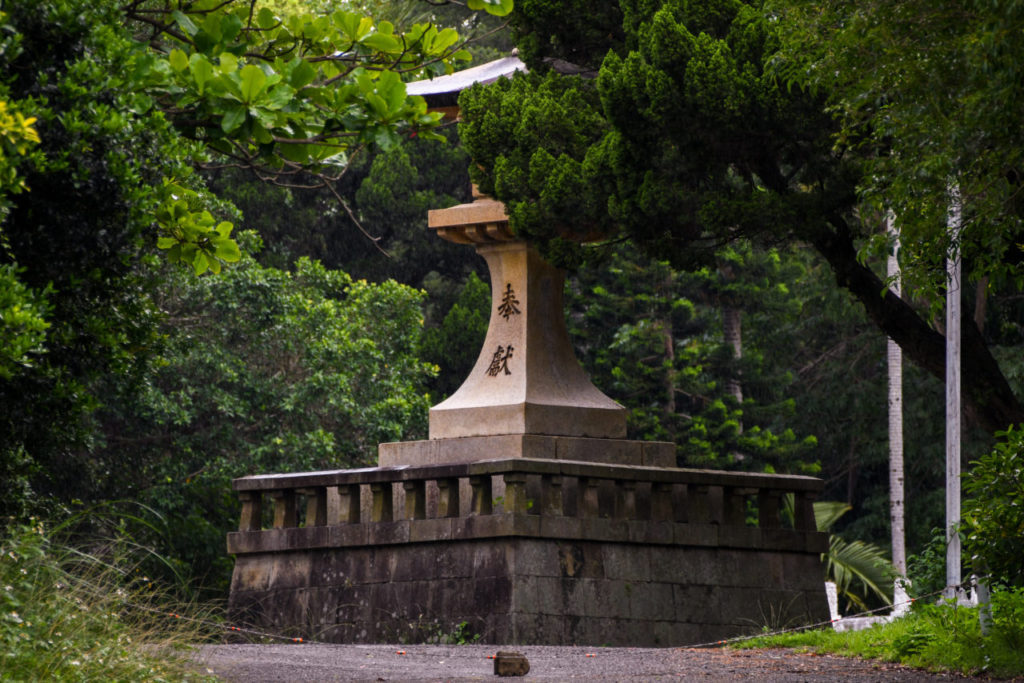
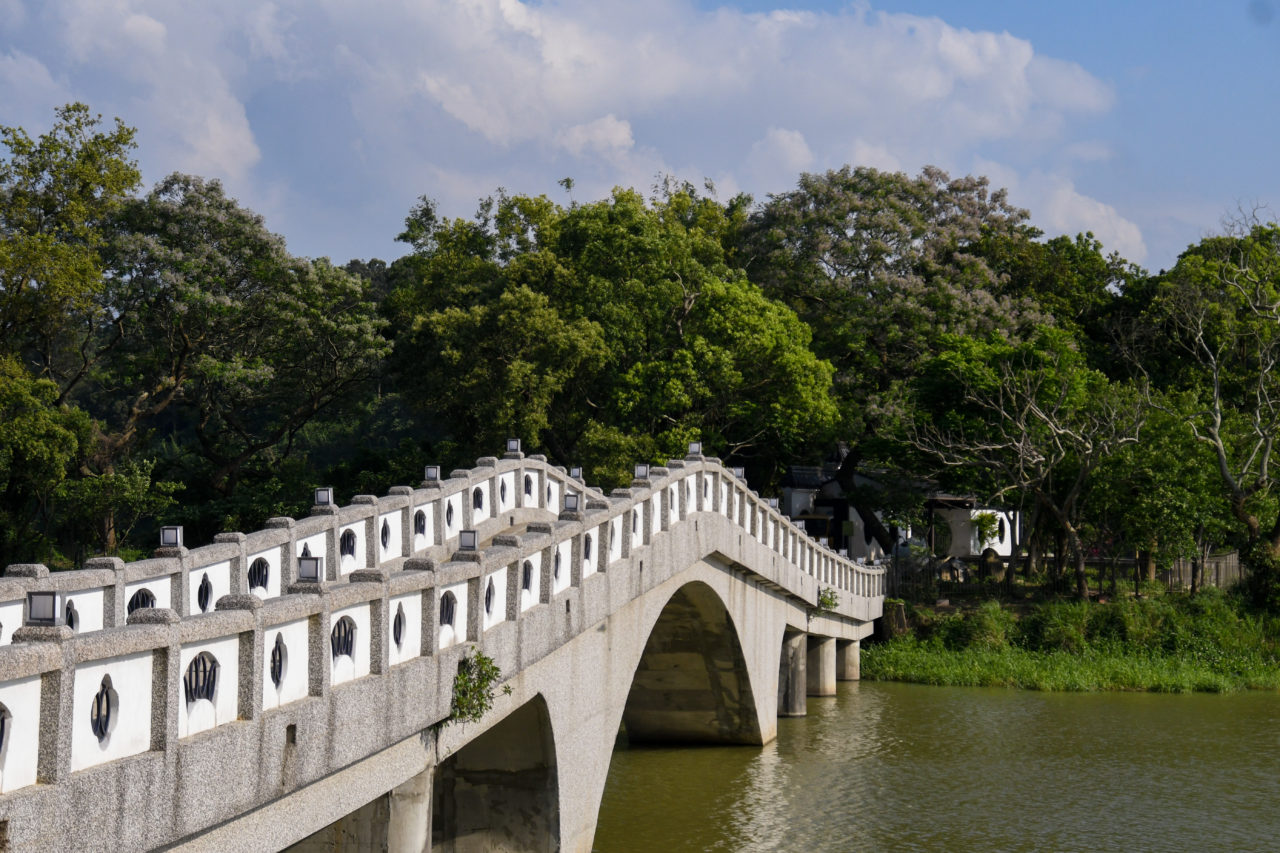
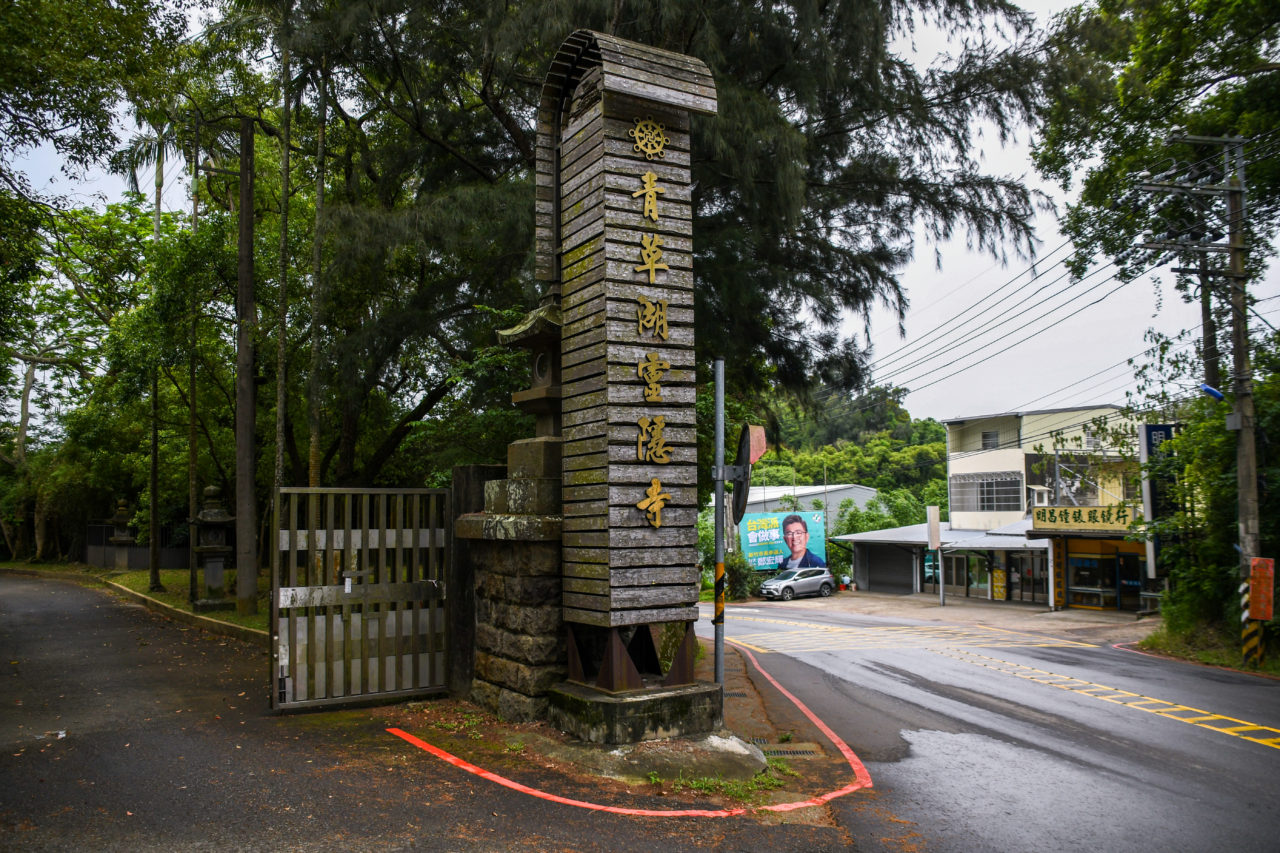
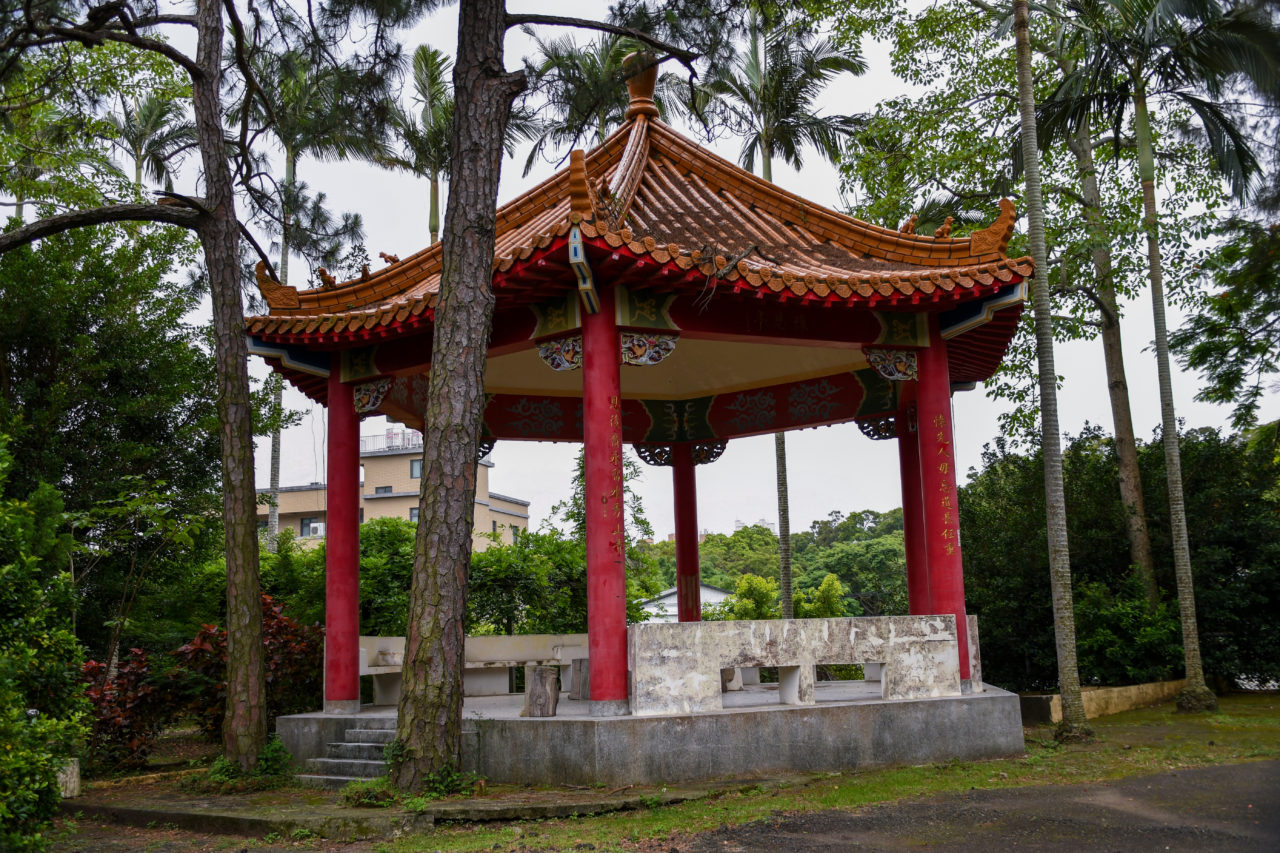
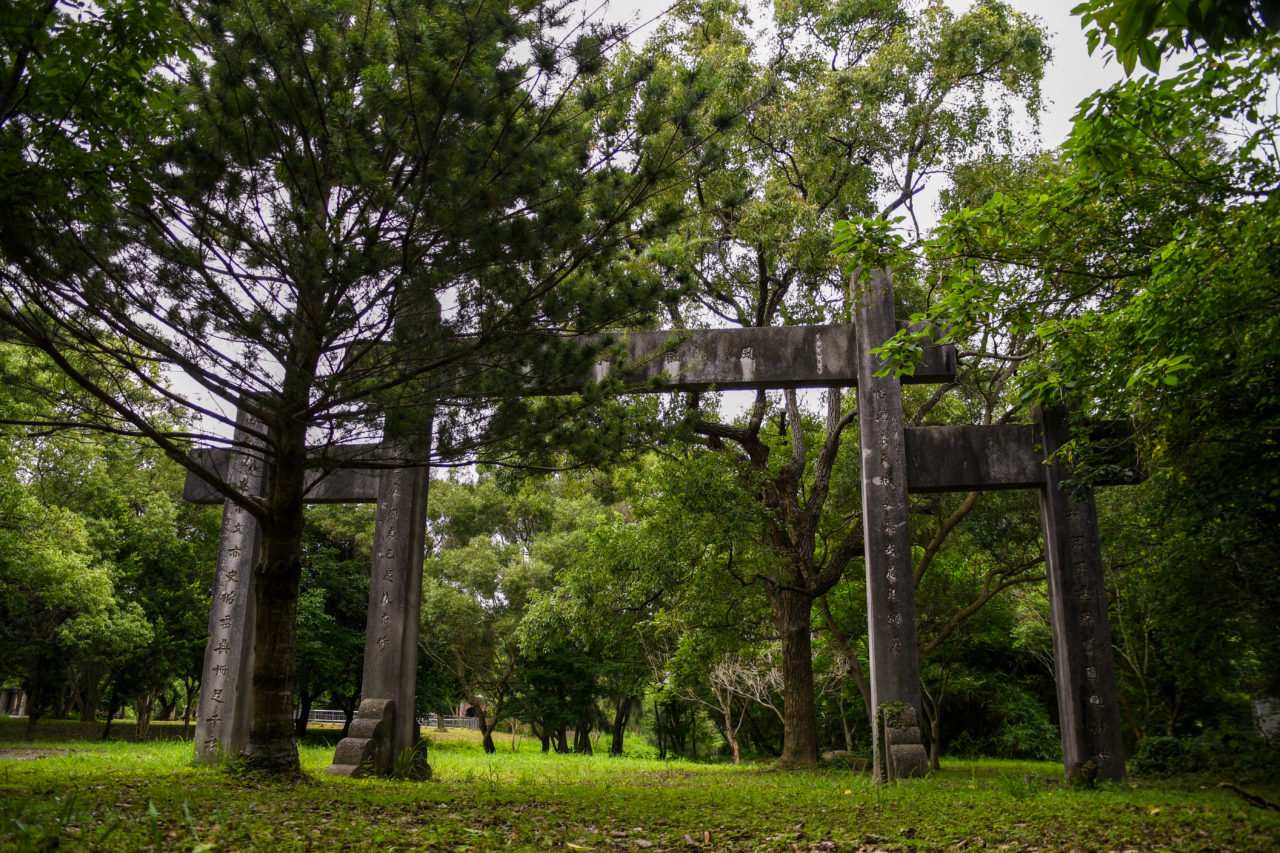
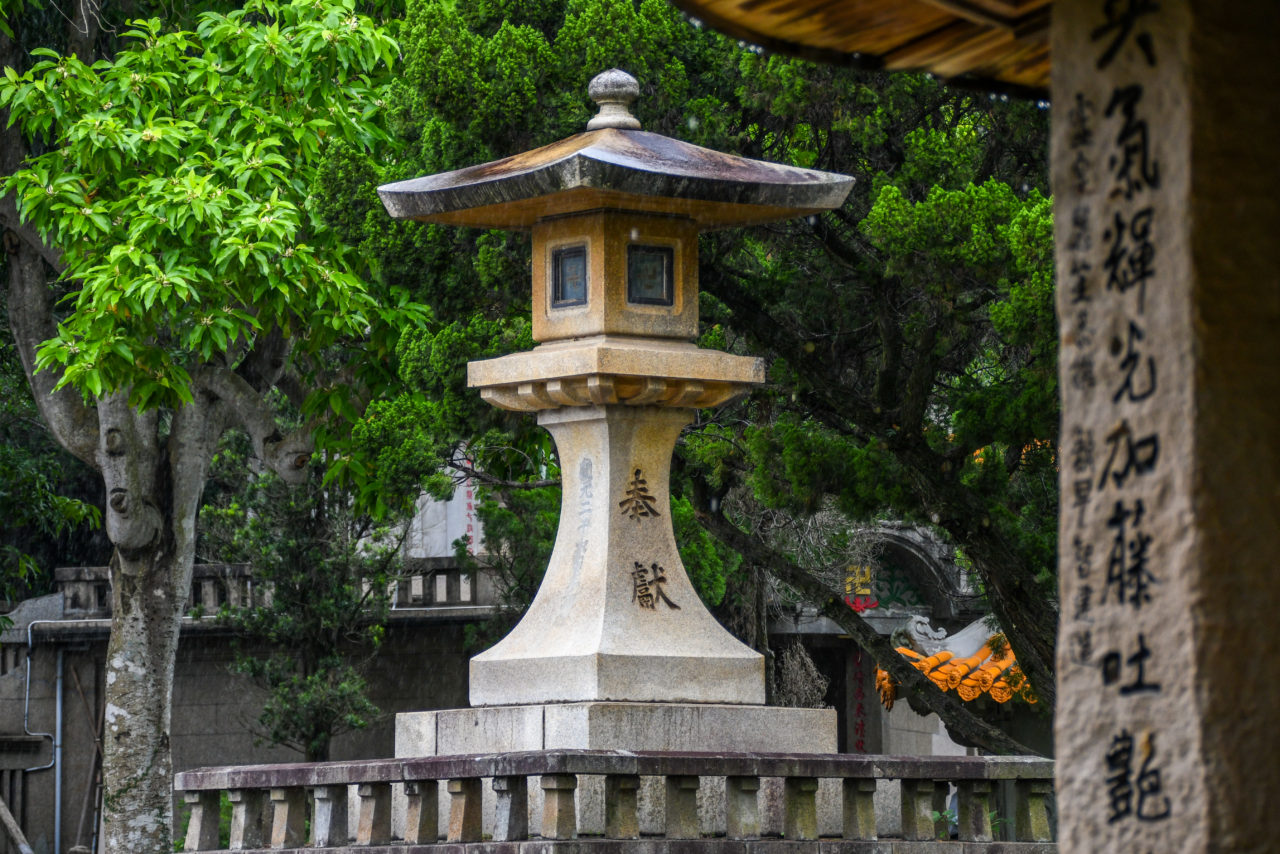
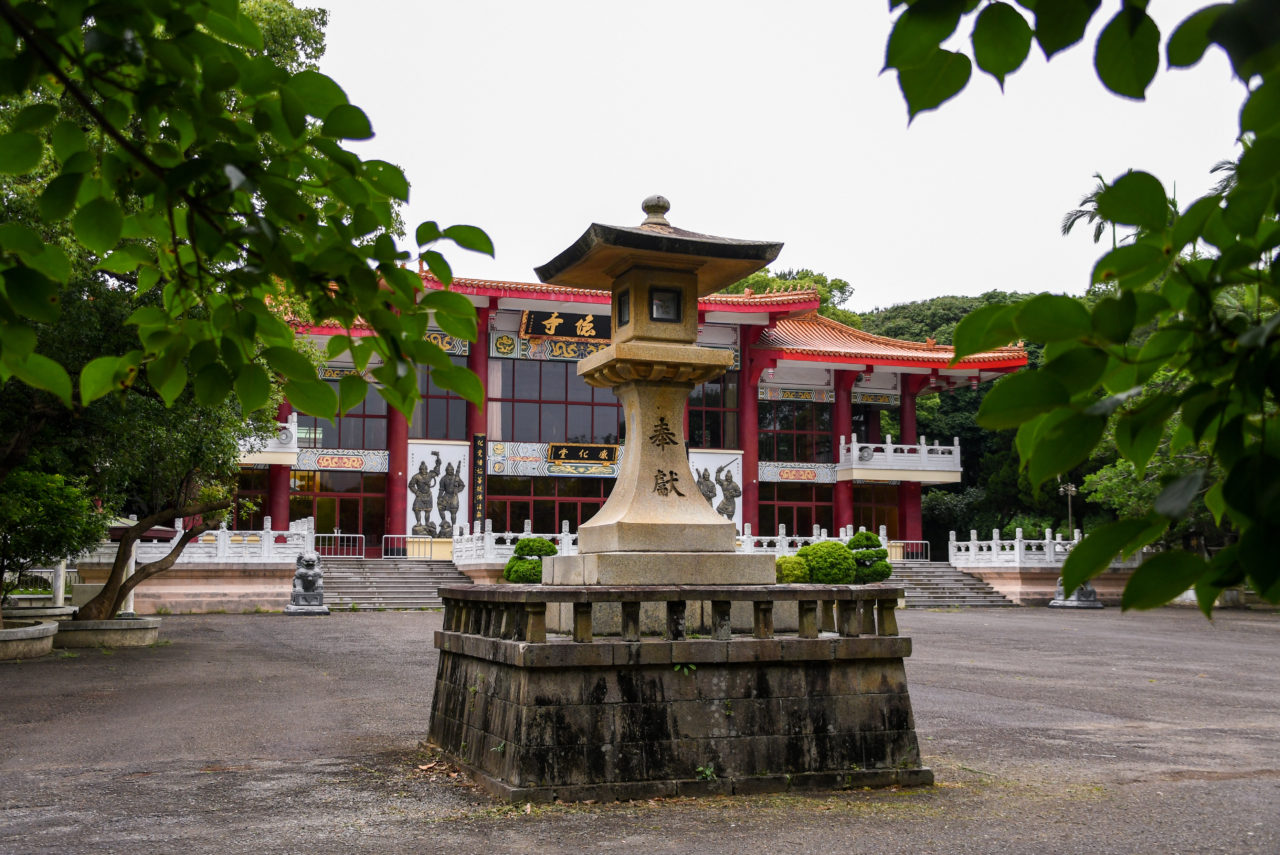
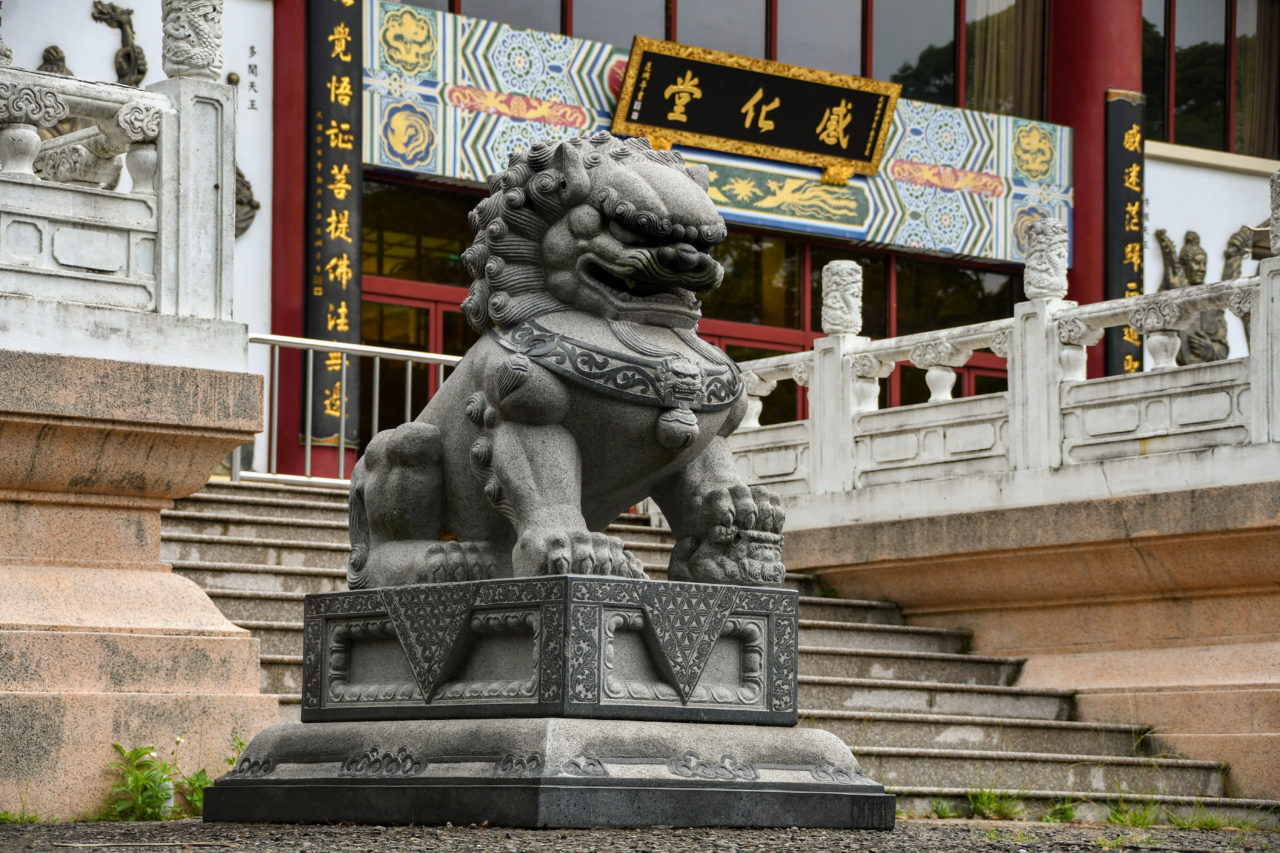
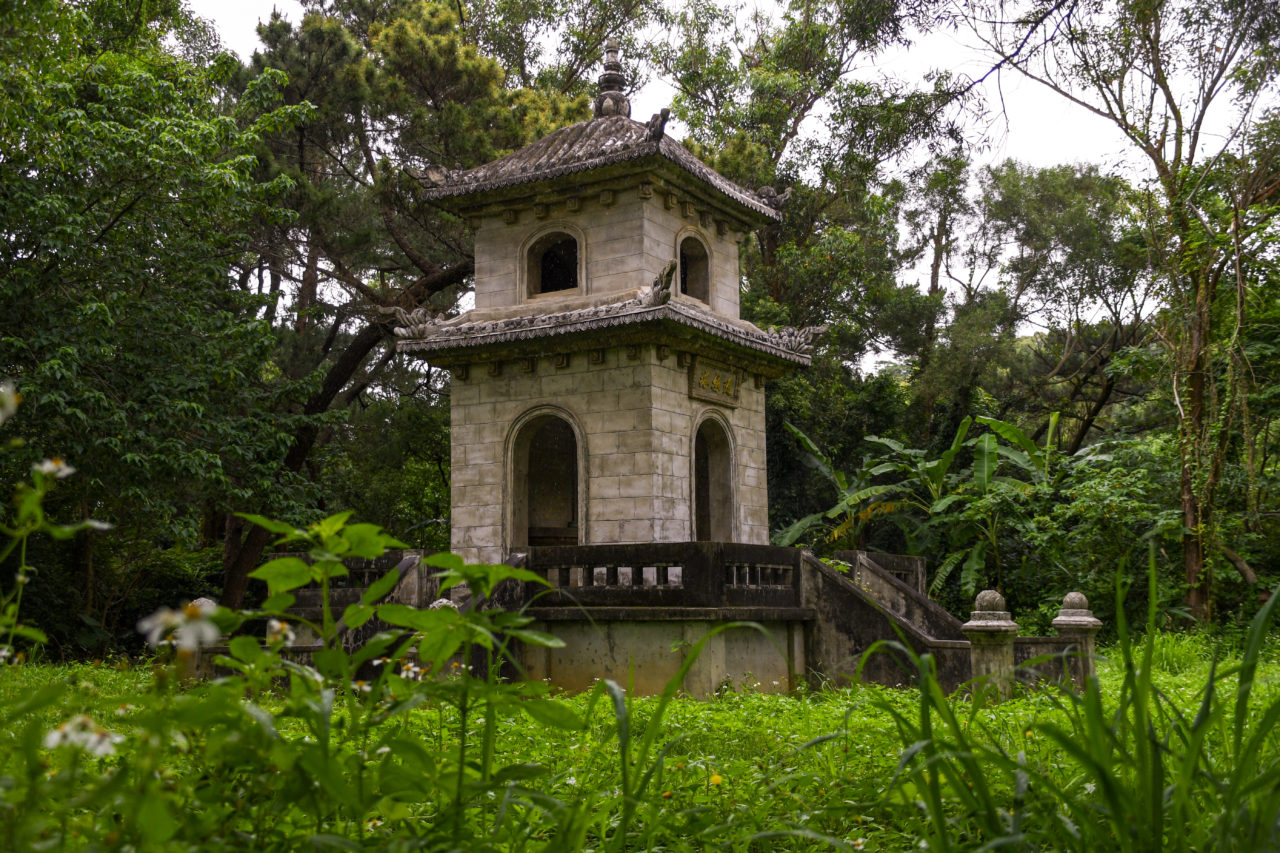
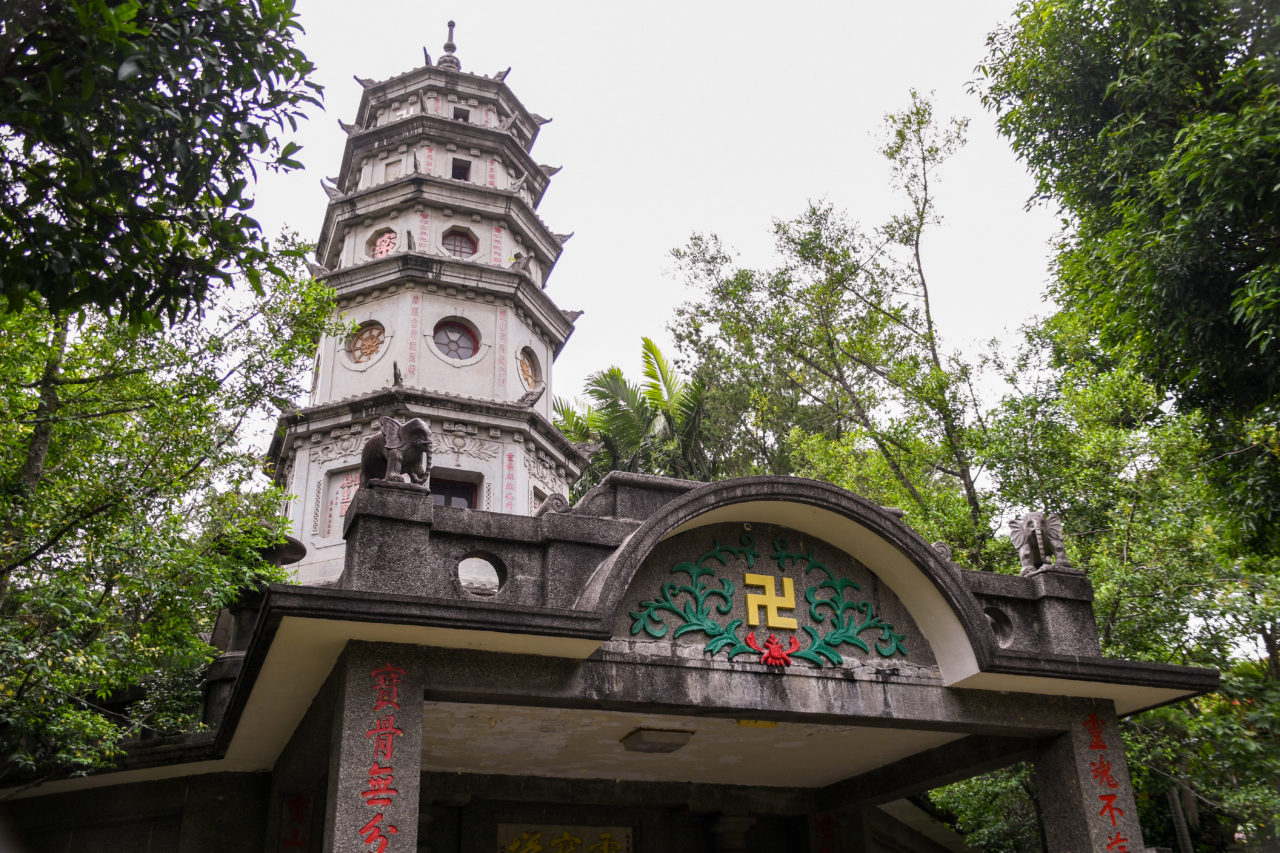
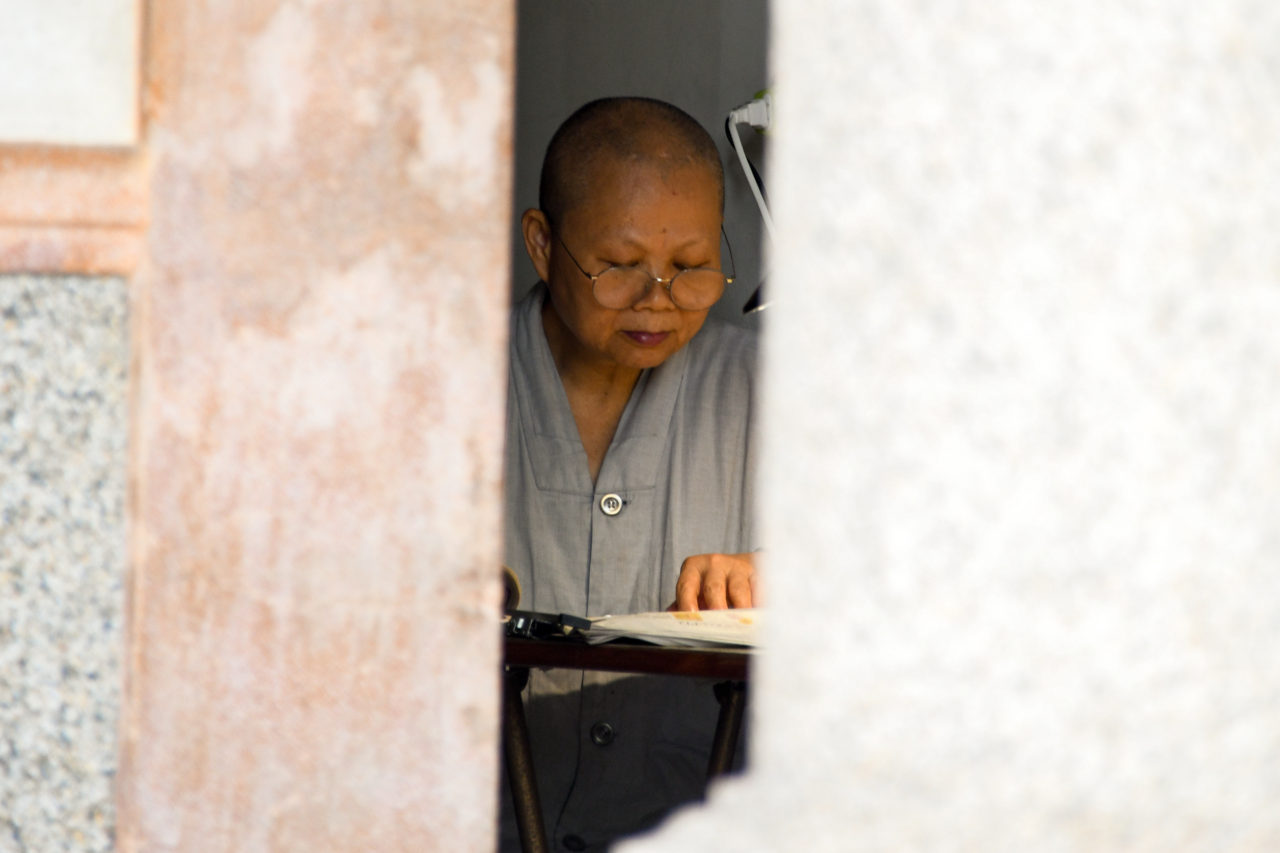
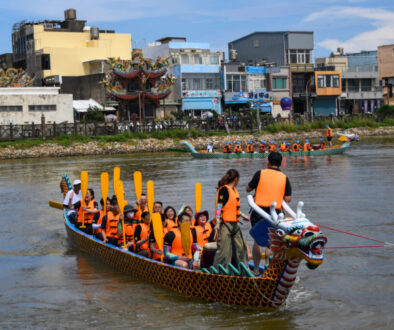
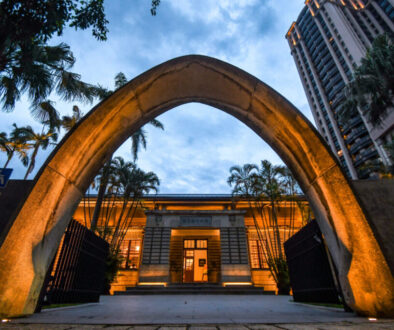
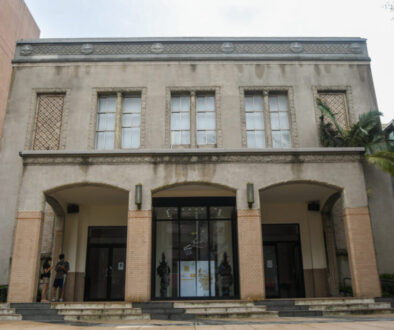


Traditional Chinese Gardens in Hsinchu 縣福園公園
June 28, 2022 @ 2:29 pm
[…] Want to get more off the beaten path in Hsinchu? You can find the remains of a Shinto Temple at Lingyin Temple! […]